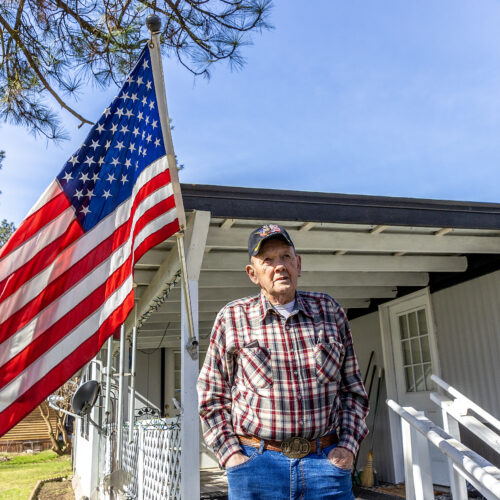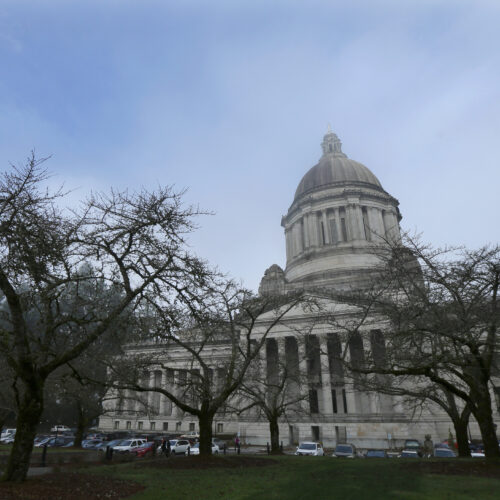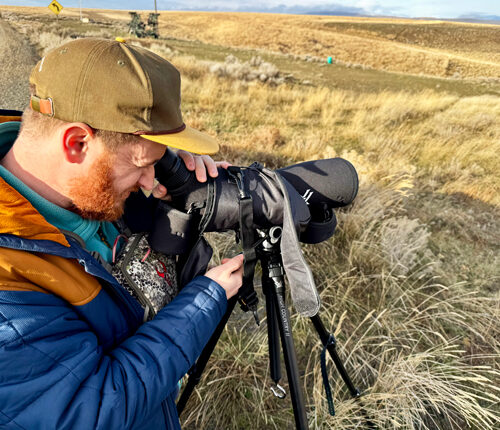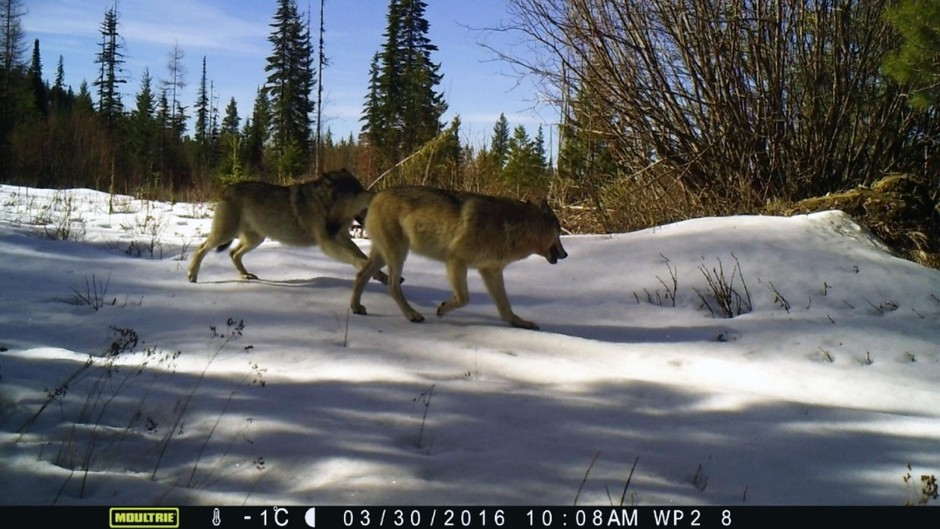
Jay Inslee Calls On State Wildlife Agency To ‘Significantly Reduce’ Lethal Wolf Actions
READ ON
Washington Gov. Jay Inslee is asking state wildlife officials to “significantly reduce” the killing of wolves involved in livestock conflicts.
In a letter to Washington Department of Fish and Wildlife Director Kelly Susewind, Inslee asked that the state increase efforts to change guidelines that dictate when a wolf can be lethally removed.
“We must find new methods to better support the coexistence between Washington’s livestock industry and gray wolves in our state. The status quo of annual lethal removal is simply unacceptable,” Inslee wrote.
MORE: Washington Wolf Managers Seek Online Feedback On Wolves During Webinars. Information Here
Right now, the state can lethally remove wolves after they’ve repeatedly killed livestock. The department says this is an attempt to change pack behavior. They must confirm at least three wolf depredations from the pack on livestock within 30 days or four within 10 months.
Livestock owners have to show that they’ve tried other methods to keep wolves away, such as deploying range riders, using lights or noise to scare wolves, or bright flags with electric fencing.
In his letter, Inslee asked the department to increase these types of non-lethal measures and to work with public land managers to change “allotment policies for public lands that are prime wolf habitat.”
In particular, Inslee called out actions taken in the Kettle Mountain Range in Ferry County, where many of the wolves are concentrated in northeastern Washington. Wolf-livestock conflict has proven controversial in the area, where the majority of wolves in the state are located.
Inslee wrote that management actions have “resulted in public concern and outrage.”
Last June, the Center for Biological Diversity, sent a letter to Inslee asking that he revise the way the state manages wolf-livestock conflicts.
Earlier this summer, four wolves in the Old Profanity Territory pack were killed in northeastern Washington, hours before a court hearing was to decide their fate.
In August, WDFW’s Kelly Susewind authorized the lethal removal of the two remaining wolves in the Togo pack. Neither wolf had been killed as of Sept. 27.
Most recently, Susewind authorized the incremental lethal removal of the Grouse Flats pack in southeastern Washington. The lethal removal will be evaluated after a certain time to see if the pack’s behavior has changed.
In an emailed statement, Conservation Northwest Executive Director Mitch Friedman said there is more work needed in northeastern Washington’s Kettle Mountain Range. The group works with some livestock producers in the region.
“Incidents of wolf lethal removal remain very low in Washington compared to other states even as our wolf population continues to grow and expand its range,” Friedman said.
Defenders of Wildlife applauded the governor for “pushing back against the status quo,” urging the state to act quickly.
“We can’t turn a blind eye to avoidable conflicts that lead to the continued lethal removal of wolves and expect a different result,” said Quinn Read, northwest program director for Defenders of Wildlife.
Wolves are protected under state rules in the eastern third of Washington. They are protected under the federal endangered species list in the western two-thirds of the state.
Since 2008, Washington’s wolf population has grown by 28 percent each year, according to the Department of Fish and Wildlife. Most recent counts show there are at least 126 individual wolves, which includes wolves in packs and those out looking for a mate. The individual wolves make up at least 27 packs and 15 successful breeding pairs in the state.
Inslee had previously opposed the Trump administration’s plan to remove gray wolves from the federal endangered species list. That view also broke from Susewind’s opinion. He previously called the decision to federally delist the gray wolves “appropriate and timely.”
The state is developing a gray wolf post-recovery plan to figure out how to manage wolves once they are federally delisted. The last webinar to provide information about the topic is at 6 p.m. Tuesday, Oct. 15.
Courtney Flatt covers environmental and natural resource issues for Northwest Public Broadcasting. She is based in Washington’s Tri-Cities. On Twitter: @courtneyflatt
Related Stories:
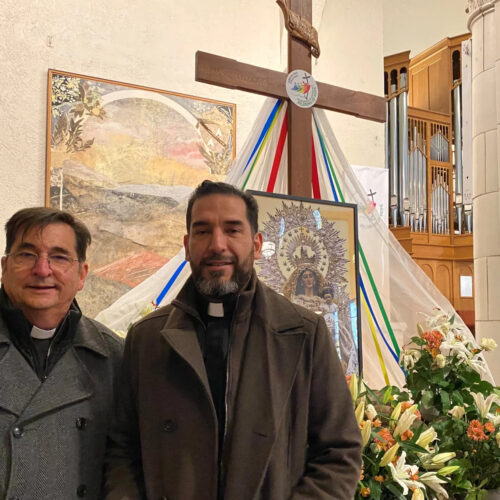
These churches offer shelter and sanctuary to vulnerable migrants. Here’s why
Bishop Joseph Tyson (left) and the Rev. Jesús Mariscal (right) of the Yakima Diocese worry about how their parishioners will cope with broad changes to immigration policy, which have had
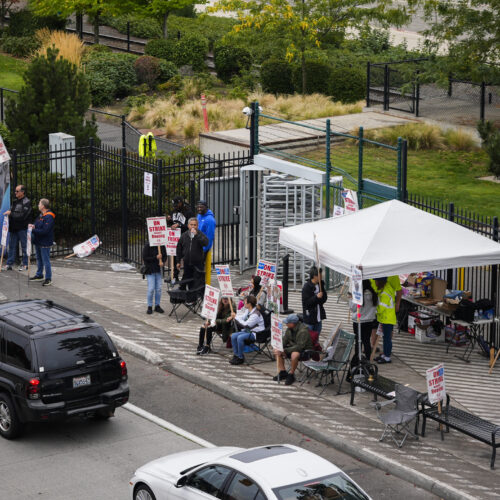
Striking workers in Washington could get access to unemployment claims if bill passes
A proposed bill that would give striking workers some access to the state’s unemployment benefits is getting closer to becoming law in Washington.
Majority lawmakers in the House Committee on Labor & Workplace Standards moved the bill out of committee on Friday, with a recommendation to pass it. This, after the bill narrowly passed the senate with 28 yeas and 21 nays earlier this month.

Washington state reports seven-year peak in influenza-related deaths
The Washington state Department of Health reported on March 20th that influenza activity reached its highest levels in seven years, with the most flu-related deaths since the 2017-2018 flu season.


